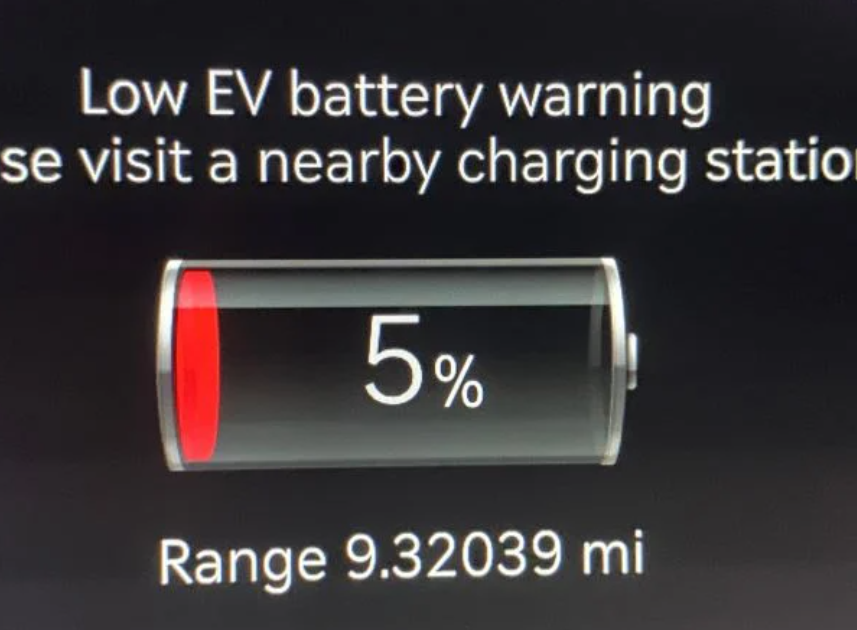Connected transportation expert Geotab has published a new study revealing electric vehicle (EV) batteries are lasting significantly longer than previously thought- potentially over 20 years.
It said that its analysis of battery health, based on nearly 1.5 million days of telematics data from almost 5,000 fleet and privately owned EVs, marks a turning point in how long-term EV performance is understood.
The findings show that, on average, EV batteries degrade at a rate of only 1.8% per year, down from 2.3% when Geotab conducted a similar study in 2019.
This steady improvement in battery longevity challenges widespread misconceptions about the lifespan and reliability of EV batteries, which have often been cited as a barrier to EV adoption.
Commenting on the results, David Savage, vice president for the UK and Ireland at Geotab, said:
“We still see battery reliability being used as a stick to beat EVs with. Hopefully, data like ours can finally put these myths to bed.
“The fact is that a 1.8% decline in battery health is unlikely to have a significant impact on most drivers’ daily vehicle needs, and this number will only come down further with new EV models and improved battery technology.”
Savage highlighted that the findings should boost confidence in EVs, showing that modern electric vehicles can serve as cost-effective and reliable replacements for light, medium, and heavy-duty internal combustion engine (ICE) vehicles.
Interestingly, the study found that high-use EVs did not exhibit significantly higher rates of battery degradation compared to lower-use vehicles, suggesting that EVs offer even greater value the more they are driven.
Battery degradation, a natural process that reduces the energy a battery can store or deliver, is central to understanding EV longevity. As batteries age, their state of health (SOH) declines - typically at a faster rate in the early years before stabilising.
A key finding from Geotab’s research is that EV batteries still hold enough power to meet most daily driving needs, even as their capacity diminishes over time.
For example, a 60 kWh battery with 90% SOH would function as a 54 kWh battery, so this reduction has little real-world impact on most drivers.
While current EVs mostly use lithium-ion batteries, variations in lithium-ion chemistries and thermal management systems account for different rates of battery degradation across vehicle models.
According to Geotab, the best-performing EVs in their updated analysis showed degradation rates as low as 1.0% per year. Factors such as whether a battery pack is cooled by air or liquid, as well as other temperature control techniques, play a significant role in preserving battery life.
“People should feel confident that many current EVs are suitable and cost-effective to replace a range of light, medium and heavy-duty ICE vehicles,” said Savage.
















Login to comment
Comments
No comments have been made yet.